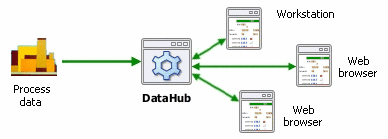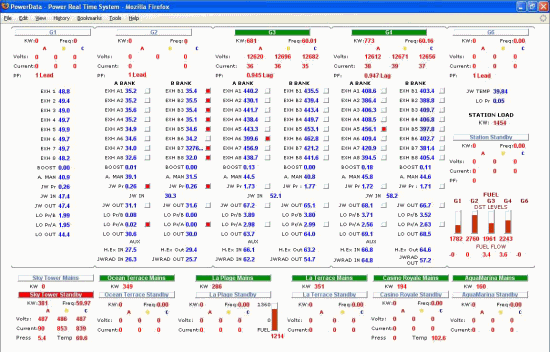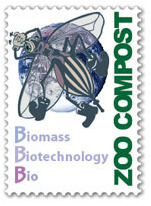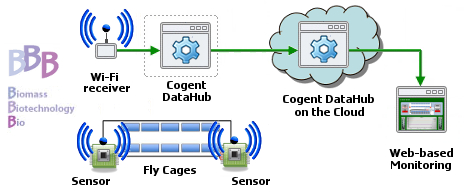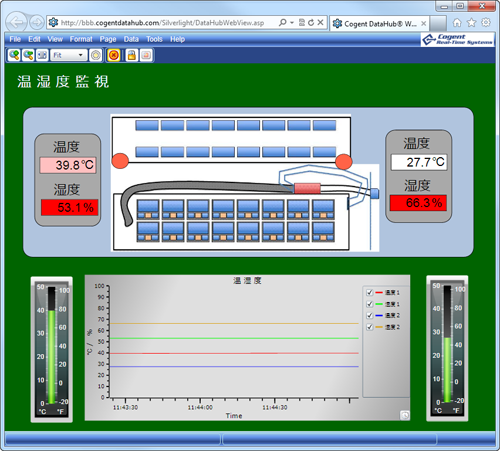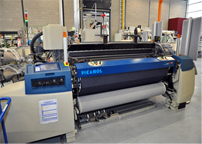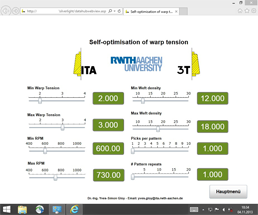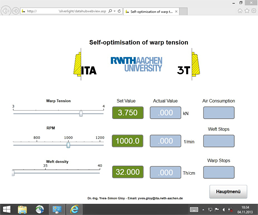Case Study: PowerData, Caribbean
Caribbean resort facilities and power stations use DataHub to monitor system output and performance
Even on the lush tropical beaches of St. Maarten, Suriname, St. Kitts, and Antigua, where the sunshine sparkles on the deep turquoise waters of the Caribbean, access to real-time data is vital. While tourists lounge on white sand beaches, the managers and engineers at resorts, shopping centers, and power plants work round the clock behind the scenes to ensure a smooth experience. Operators and managers in the public institutions and private facilities at these remote destinations need to know what their processes are doing at any given time, from any location. They must be able to react quickly to changing conditions and make key decisions.
To meet this need, PowerData Limited of St. Maarten provides real-time and historical online data reporting services. They supply managers and engineers in power plants, resorts, and commercial facilities in the Caribbean islands with the data they need to monitor their power generation equipment, instrumentation, and other machinery. Recently, PowerData started using the DataHub® to give their customers a real-time data display using a standard web browser.
“Now our clients can open a web browser from wherever they are, and see exactly what is going on,” said Mr. Cameron Burn, CEO of PowerData. “The DataHub’s Java applets lets us feed large quantities of data to a page at high speeds, with no refresh necessary.”
Cameron is using the DataHub’s Table applet to display multiple DataHub points. His web server provides the page, and loads the DataHub Table applet. The applet then creates a direct TCP link to the DataHub, which is connected to the PowerData monitoring equipment’s OPC server. The DataHub streams the data from the PowerData equipment to the web page in real time. The processing load on the web browser is very little-there’s no need for screen refresh-and the data is always up-to-the-second accurate.
“Remote monitoring of our engine installations has been one of the most valuable aspects of this new system,” said Mr. Jeff Close, MAN Support Services Engineer at Needsmust Electricity Power Station in St. Kitts. “This is so much easier, and much more reliable, than the manual monitoring and logging methods we were using in the past. It gives us the ability to combine all engine data for the station into one page, therefore making it easier to assess the station status.”
“We are very pleased with the convenience of obtaining our data reading automatically from the PowerData web site,” said Terrence Simmon, Power Station Operations Manager of the Sonesta Maho Beach Hotel in St. Maarten. “It has increased our reliability significantly.”
As the benefits of real-time data monitoring from a web browser become more apparent, Cameron Burn expects to see a growing demand for this use of the DataHub.
